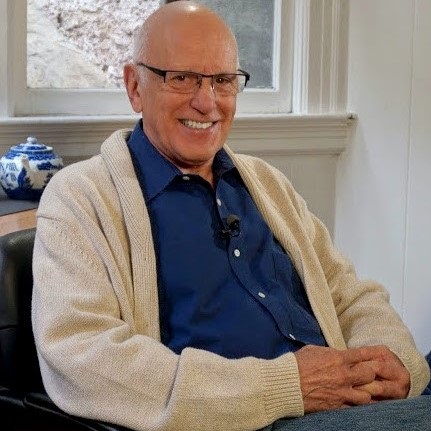
Under an empty autumn sky
Stretch endless wastes
Where no one goes.
Who is that horseman riding in from the west?
–Wang Changling, eighth-century Buddhist poet
The unacknowledged sides of ourselves hold tremendous power – both destructive power and creative power, sometimes both at the same time. David Richo starts his book Shadow Dance: Liberating the Power & Creativity of Your Dark Side with this poem, returning to this image of the unknown, mysterious stranger throughout his investigation. The book is in some ways an answer to Wang Changling’s question, and some ways a guidebook for our own journey in getting to know ourselves, so we can answer the question on our own.
Our scared and arrogant ego has an enormous capacity not to know itself. This shadow side of our ego contains the disowned, disavowed, unlived, and excluded traits and powers of our personality. It is the dimension of our personality that is rejected by our conscious ego. It is both negative and positive. The negative shadow contains all that we despise and reject as unworthy in ourselves. It is not evil, only inferior. Only when it is denied does it gain an autonomous life of its own and become destructively evil. Our dark side is destructive when it is discredited or neglected. It is creative when it is acknowledged and attended to. The positive shadow contains all our untapped creative potential. We may have been taught to despise that side of ourselves too. (p. 12)
Richo asks us to welcome the rider in, to get to know her or him, to befriend these mysterious and unknown parts of ourselves. He has a very optimistic, kind, and friendly way of going about it, and asks good questions. For me the gateway into this book, what made me want to read it, was grief – the pain of wanting things to be different than they are, the pain of holding onto “I” too hard. I have a wise friend who says, I have a hard time letting go of things without leaving claw-marks. Richo encourages us with practices that open dialog with the parts of us that are holding tightly – What are you wanting? What does it feel like? Can we feel the dark despair, depression, the disturbing feelings and simply be with them, without changing them?
A result of befriending the shadow is that dark and light are recognized as interior realities. In befriending the shadow, a form of initiation, we recognize this and no longer need to flee, control, or destroy it. Both loss and grief initiate us into the realization that all is transitory and that we are not entitled to an exemption from that stern reality. A wound is the cost of opening. How have your personal wounds opened you? How have they closed you? (p. 292)
Part of what made the book helpful for me was the guidebook quality – the book wasn’t just someone telling a story or conveying facts, but invited me on my own inner journey. The questions and practices opened doors for me and helped me be curious about the grief, the difficulty, my inner landscape. Essentially Richo is asking throughout the book, how can I grow? How does my view of myself, its known and unknown parts, serve to keep me asleep? How can knowing my shadow, my unacknowledged parts, help me wake up and grow and heal?
Rebirth is a crossing of the threshold from the conditions of mortal existence to the world of the Self. List the milestone events of your life, the painful crises, the failures and successes, and your strongest relationships. Each of them was meant to make you a person of more love, wisdom, and healing, was meant to conduct you to your destiny. Without “yes, buts,” acknowledge that this has happened and look for ways to foster it even further. What did you lose and what did you gain in each of your milestone experiences? How have others benefited from your journey? How are you fighting the movement that wants to happen now? How are you allowing it? Who is helping or hindering you in this mysterious process? Whom do you have to thank for whatever in your journey has already been successful? (p. 292)
Who is that horseman riding in from the west?
Highly recommended. Available from Amazon.
 I have been running a fair bit lately – both for exercise and to care for my spirit. I’ve had an Apple Watch Series 2 for some time and in general been quite happy with it. It’s not really a watch, like the iPhone is not really a phone, but more on that some other time. I had the idea the watch might help me track my running better. I was using the Nike Running Club app for iPhone. But the Nike Running Club Apple Watch app was incredibly frustrating. It actually crashed the watch. Not once. Not occasionally. But often.
I have been running a fair bit lately – both for exercise and to care for my spirit. I’ve had an Apple Watch Series 2 for some time and in general been quite happy with it. It’s not really a watch, like the iPhone is not really a phone, but more on that some other time. I had the idea the watch might help me track my running better. I was using the Nike Running Club app for iPhone. But the Nike Running Club Apple Watch app was incredibly frustrating. It actually crashed the watch. Not once. Not occasionally. But often.






